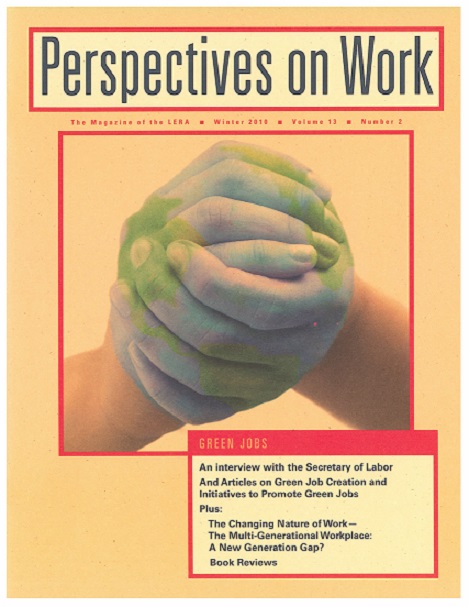Emerald Cities in the Age of Obama: A New Social Compact between Labor and Community
Abstract
In the historic election of 2008, Americans clearly and decisively voted for change. Organized labor, including the building and construction trades unions, did more than they had ever done before to help elect a president. Unions spent over $75 million, distributed millions of leaflets, and knocked on hundreds of thousands of doors in a successful effort to mobilize their ranks and elect Barack Obama.1 But long before the campaign concluded with a Democratic victory, union leaders recognized that the 2008 election was remarkable in other respects. Unlike the 2000 and 2004 presidential races—when the labor movement represented the engine of the Democratic Party’s ground operations—in 2008, trade unionists were not the “only game in town.” Any honest political observer understood that the Obama campaign successfully activated and mobilized an incredibly broad array of social forces to win the election. As Mark Ayers, president of the Building and Construction Trades Department (BCTD) wisely observed, “Lots of other stakeholders—social justice activists, community organizers, environmentalists, civil rights advocates—all had plenty of skin in this game.”2 That political reality has created enormous space for labor and community leaders to engage in a new conversation about America’s future. The Emerald Cities Initiative is one noteworthy example of trade unionists and community activists stepping into that new space.Downloads
Issue
Section
Articles

